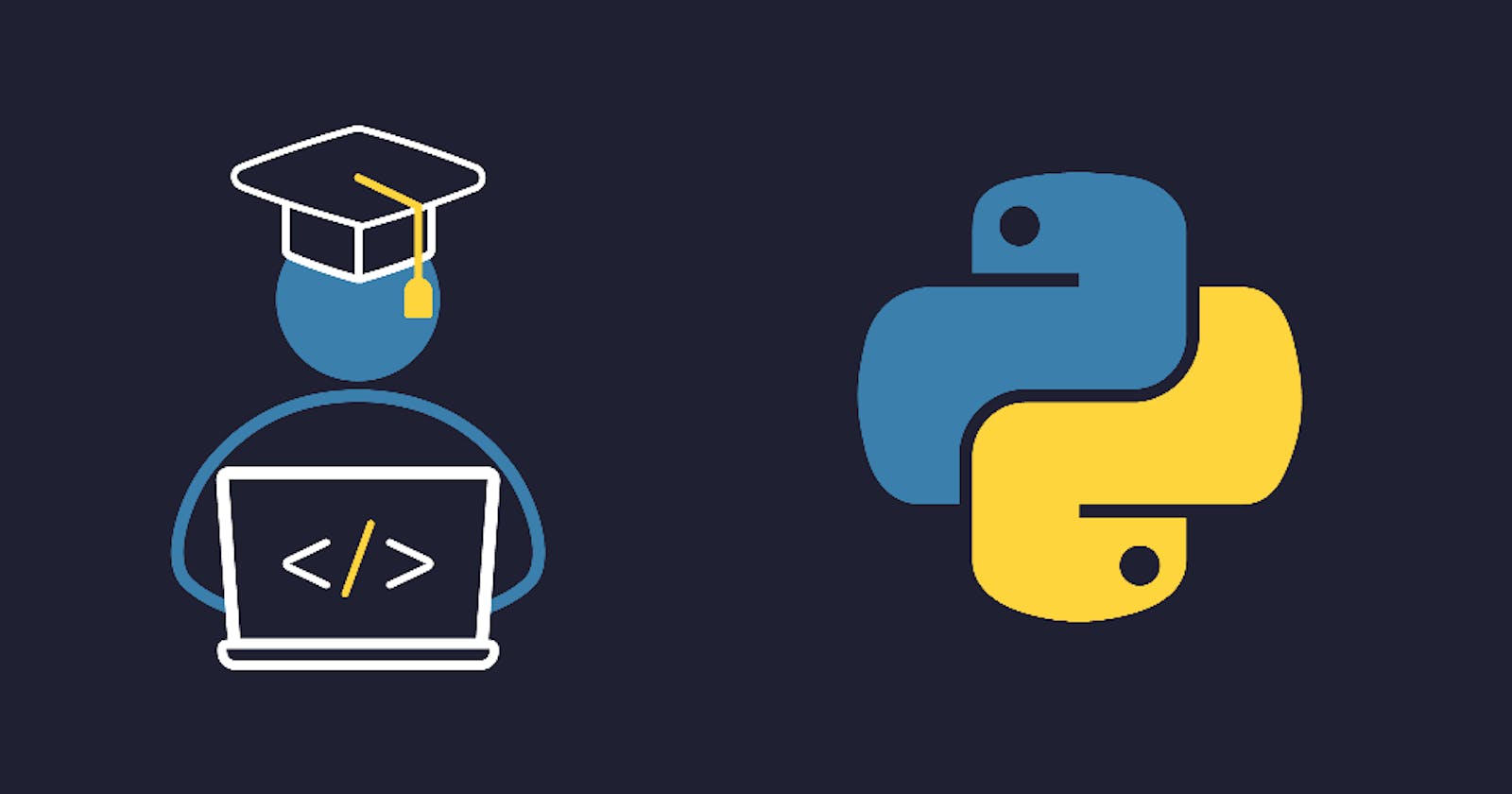Python is renowned for its readability and ease of use, making it an ideal language for both beginners and experienced developers. However, writing clean, maintainable, and efficient code is a skill that requires practice and knowledge of best practices. In this blog post, we'll explore some of the best practices for writing clean Python code and provide you with useful code snippets to enhance your programming.
Documentation and Comments
Good documentation is crucial for maintaining and understanding code. It helps other developers, and even your future self, to quickly grasp what the code is supposed to do. Python supports both single-line comments, starting with a hash symbol (#), and multi-line comments, which can be enclosed in triple quotes (''' or """)'
Consistent Indentation
Python uses indentation to define blocks of code. Unlike languages like Java or C++, which use braces, Python's indentation must be consistent throughout the code. This means you cannot mix tabs and spaces, as it will lead to errors.
Code Quality Tools
To ensure code quality, you can use various tools such as linters and formatters. These tools help you adhere to style guides and find potential errors in your code. They can be used during development, before checking in code, and when running tests.
Naming Conventions
Using meaningful variable names and following the PEP 8 style guide enhances code readability. It's recommended to use lowercase letters with underscores for variable and function names, commonly known as snake case.
Avoiding Hardcoded Values
Hardcoding values can make your code less flexible and more difficult to maintain. Instead, use constants or configuration files to manage values that may change.
Using Functions and Modules
Breaking down your code into functions and modules not only makes it cleaner but also easier to test and reuse. Each function should have a single responsibility, and modules should group related functionality together.

